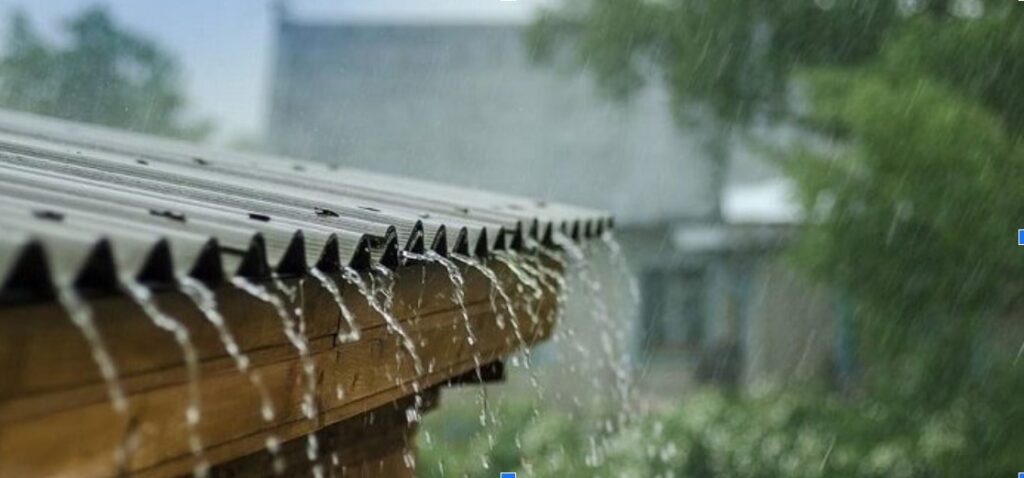
“Rain on the Roof” is a poem written by Coates Kinney in 1849. It is a reflective and peaceful poem that captures the emotional response of a person listening to the sound of rain on a roof. The speaker finds comfort in the sound of raindrops, associating it with memories of loved ones and moments of solitude.
Summary of the Poem:
In “Rain on the Roof,” the poet reflects on the soothing effect of the sound of rain falling on a roof during a quiet night. The gentle patter of raindrops brings the speaker a sense of peace and nostalgia. The sound evokes memories of past times, particularly the speaker’s connection to loved ones, especially a mother who might have passed away. The rain is seen as a means of connecting with those memories and emotions.
Themes:
- Nature’s Comfort: The poem expresses how nature, especially rain, can offer solace and comfort, especially when one is in solitude.
- Memory and Nostalgia: The sound of the rain reminds the speaker of earlier, more innocent times, perhaps of childhood or moments shared with loved ones.
- Spiritual Reflection: Rain on the roof becomes a metaphor for spiritual solace and connection with the divine, evoking feelings of closeness to the past and to those who are no longer around.
Key Lines and Their Meanings:
- “When the humid shadows hover / Over all the starry spheres”: The poet describes a peaceful, cool night when shadows from the rainclouds cover the sky, evoking a sense of calm and serenity.
- “A thousand dreamy fancies / Into my heart are creeping”: The sound of the rain triggers a flood of comforting memories, and the poet feels the return of emotional, dreamy thoughts.
- “I feel the rain of heaven / Coming down upon my head”: The rain is not just physical but also a spiritual cleansing, offering a sense of connection to something greater than oneself.
Structure and Style:
- Form: The poem is written in a lyrical, reflective style, using a regular rhyme scheme. This contributes to the calm, soothing tone of the poem.
- Imagery: Kinney uses vivid imagery to evoke the sounds, sights, and feelings associated with rain, which creates an emotional connection between nature and memory.
Significance:
“Rain on the Roof” is a timeless poem that captures the universal feeling of finding peace in nature. The sound of rain has always been known to have a calming effect, and the poem illustrates this by showing how the sound can evoke deep memories and provide comfort in times of solitude. It reflects the connection between the physical world and emotional experience, showing how nature can touch our hearts and soothe our minds.

Sanidhya Bhardwaj
Fabulous